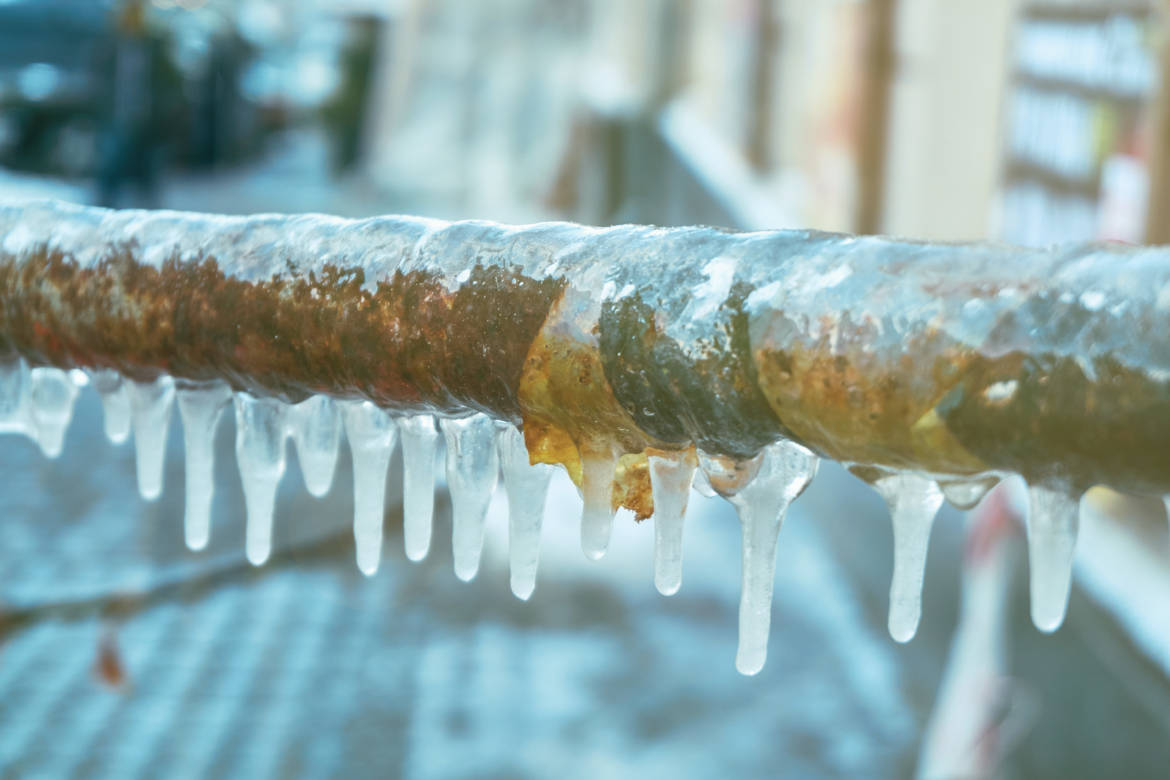Are you currently searching for selective information involving How to prepare your home plumbing for winter weather?

Winter can ruin your pipes, particularly by freezing pipelines. Here's exactly how to stop it from taking place and what to do if it does.
Intro
As temperatures decline, the risk of icy pipes boosts, potentially leading to expensive fixings and water damage. Recognizing how to avoid icy pipes is crucial for homeowners in cool environments.
Avoidance Tips
Protecting at risk pipes
Cover pipelines in insulation sleeves or utilize warm tape to protect them from freezing temperature levels. Concentrate on pipes in unheated or exterior areas of the home.
Heating strategies
Maintain interior spaces properly warmed, especially locations with pipes. Open up cabinet doors to permit warm air to circulate around pipes under sinks.
How to determine icy pipes
Look for decreased water flow from faucets, unusual odors or sounds from pipes, and visible frost on revealed pipes.
Long-Term Solutions
Structural adjustments
Consider rerouting pipes away from outside wall surfaces or unheated locations. Include added insulation to attic rooms, basements, and crawl spaces.
Updating insulation
Buy top notch insulation for pipes, attics, and walls. Correct insulation helps preserve constant temperature levels and decreases the threat of frozen pipes.
Shielding Outside Pipes
Yard pipes and outdoor faucets
Disconnect and drain garden hoses prior to winter season. Set up frost-proof faucets or cover exterior taps with protected caps.
Comprehending Icy Pipes
What creates pipes to freeze?
Pipelines freeze when exposed to temperatures listed below 32 ° F (0 ° C) for expanded durations. As water inside the pipes ices up, it broadens, putting pressure on the pipe walls and potentially triggering them to burst.
Dangers and damages
Frozen pipelines can cause water disruptions, building damages, and expensive fixings. Ruptured pipelines can flooding homes and trigger substantial architectural damage.
Indications of Frozen Pipeline
Determining frozen pipelines early can avoid them from rupturing.
What to Do If Your Pipes Freeze
Immediate actions to take
If you believe frozen pipes, keep faucets open to alleviate stress as the ice thaws. Make use of a hairdryer or towels soaked in warm water to thaw pipes slowly.
Verdict
Protecting against icy pipelines needs aggressive measures and fast actions. By understanding the reasons, signs, and preventive measures, home owners can protect their plumbing throughout winter.
5 Ways to Prevent Frozen Pipes
Drain Outdoor Faucets and Disconnect Hoses
First, close the shut-off valve that controls the flow of water in the pipe to your outdoor faucet. Then, head outside to disconnect and drain your hose and open the outdoor faucet to allow the water to completely drain out of the line. Turn off the faucet when done. Finally, head back to the shut-off valve and drain the remaining water inside the pipe into a bucket or container. Additionally, if you have a home irrigation system, you should consider hiring an expert to clear the system of water each year.
Insulate Pipes
One of the best and most cost-effective methods for preventing frozen water pipes is to wrap your pipes with insulation. This is especially important for areas in your home that aren’t exposed to heat, such as an attic. We suggest using foam sleeves, which can typically be found at your local hardware store.
Keep Heat Running at 65
Your pipes are located inside your walls, and the temperature there is much colder than the rest of the house. To prevent your pipes from freezing, The Insurance Information Institute suggests that you keep your home heated to at least 65 degrees, even when traveling. You may want to invest in smart devices that can keep an eye on the temperature in your home while you’re away.
Leave Water Dripping
Moving water — even a small trickle — can prevent ice from forming inside your pipes. When freezing temps are imminent, start a drip of water from all faucets that serve exposed pipes. Leaving a few faucets running will also help relieve pressure inside the pipes and help prevent a rupture if the water inside freezes.
Open Cupboard Doors
Warm your kitchen and bathroom pipes by opening cupboards and vanities. You should also leave your interior doors ajar to help warm air circulate evenly throughout your home.

Do you enjoy more info about Preventing and dealing with frozen pipes? Make a comment down the page. We will be happy to know your views about this content. Hoping that you come back again later on. Liked our blog entry? Please share it. Help others discover it. Thanks a bunch for your time. Return soon.
Contact